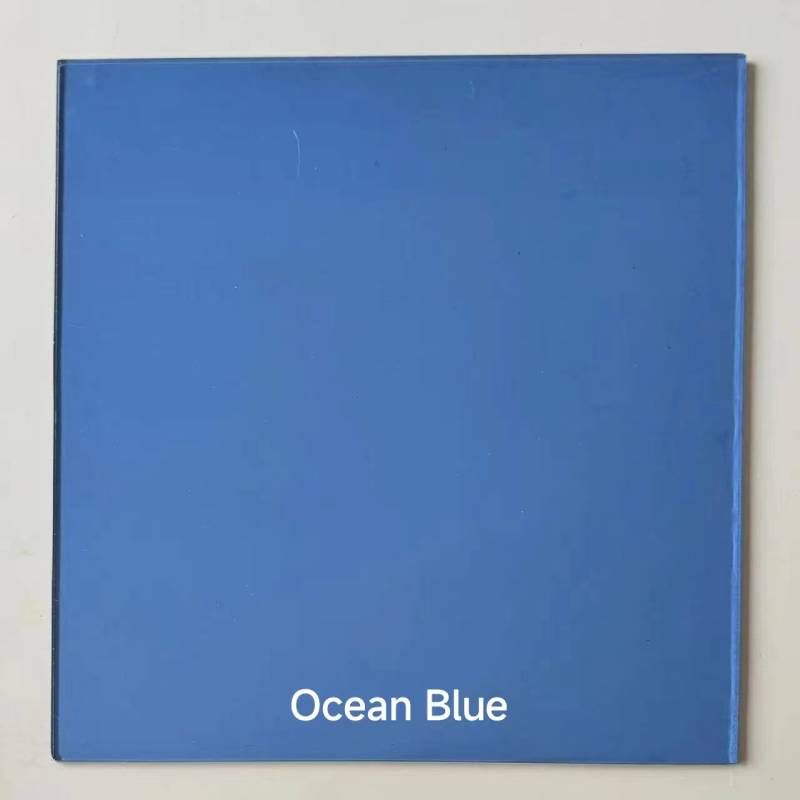

The Allure of Reflective Glass A Modern Design Element
In the realm of architecture and interior design, reflective glass has emerged as a revolutionary material, captivating designers and homeowners alike. This innovative building element not only enhances the aesthetic appeal of a structure but also offers a myriad of functional advantages. As urban landscapes continue to evolve, the use of reflective glass has become increasingly prevalent, transforming the way we perceive and interact with our environment.
Reflective glass, often characterized by its mirror-like surface, serves as a medium that plays with light and reflection. This unique quality allows structures to blend harmoniously into their surroundings, creating a dynamic interaction between the building and the environment. In bustling cities, reflective glass skyscrapers stand tall, reflecting blue skies and the vibrant energy of their surroundings. This interplay of light and shadow not only adds depth to the skyline but also creates a sense of fluidity and movement.
Beyond its aesthetic appeal, reflective glass has significant practical benefits. One of the primary advantages is its ability to improve energy efficiency. By reflecting solar radiation, this type of glass reduces heat gain within buildings, thereby lowering the reliance on air conditioning systems. This not only leads to considerable energy savings but also contributes to a more sustainable approach in modern architecture. As the world becomes increasingly dedicated to combating climate change, the utilization of reflective glass presents a practical solution for designing eco-friendly buildings.

In addition to energy efficiency, reflective glass offers enhanced privacy without sacrificing natural light. Homes and offices adorned with reflective glass facades can enjoy a sense of seclusion, as the reflective surface obscures views from the outside while still allowing daylight to penetrate interiors. This aspect is particularly beneficial in urban settings, where living and working spaces often coexist in close proximity. The balance between privacy and openness fosters a comfortable atmosphere, encouraging creativity and productivity.
Reflective glass is also a versatile material, adaptable to various design styles ranging from modern minimalist to sleek contemporary. Its ability to complement other materials such as steel, concrete, and wood allows for endless creative possibilities. Designers can experiment with shapes and configurations, leading to innovative constructions that challenge traditional architectural norms. With the rise of smart cities, reflective glass can also incorporate advanced technologies, such as dynamic shading systems and integrated solar panels, further enhancing its functionality.
Yet, the application of reflective glass is not without its challenges. The reflective properties can lead to concerns about glare and heat buildup, particularly in densely populated areas. Furthermore, in regions with extreme weather conditions, careful consideration must be given to insulation and safety standards. However, advancements in glass technology continue to address these issues, resulting in more efficient and safer options for builders and architects.
In conclusion, reflective glass is not merely a trend; it is a transformative element that redefines modern architecture and design. Its captivating aesthetic appeal, coupled with functional benefits such as energy efficiency and privacy, positions it as a preferred choice in contemporary building practices. As architects and designers continue to push the boundaries of creativity, the utilization of reflective glass will undoubtedly play a pivotal role in shaping the future of our urban environments. Embracing this innovative material opens up exciting possibilities for creating structures that are not only visually striking but also environmentally conscious and highly functional. The journey of reflective glass in design is just beginning, and its impact will be felt in the landscapes of tomorrow.